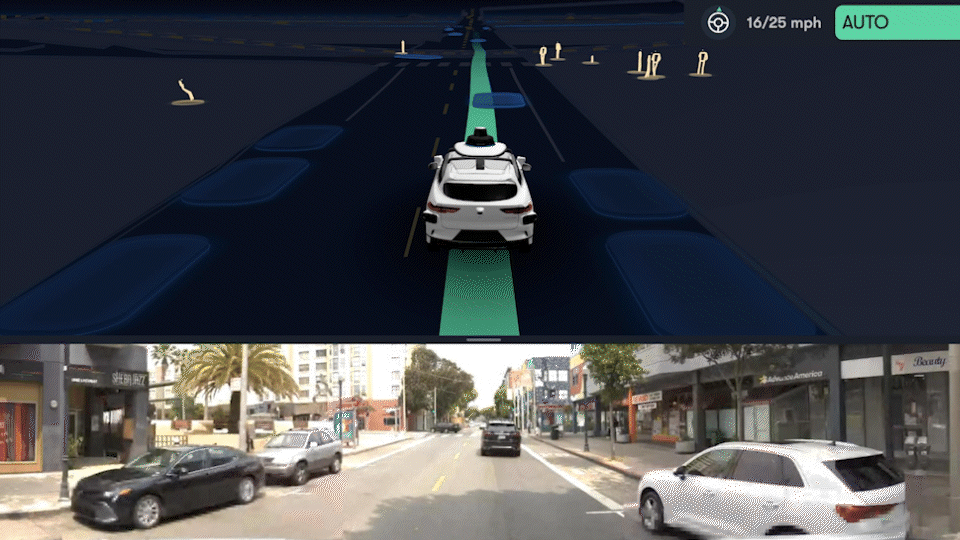In the same clip you can see Waymo react to 2 different traffic control personnel, and I don't believe remote assistance is involved in the process as stated by @Daniel in SD.Was having a discussion in another thread and a scenario came up about a traffic intersection being controlled by a traffic cop. How would Waymo handle an intersection where the lights are out and a cop is waving people?
Are they able to recognize a School bus stopped on a multi lane highway ? Where the School Bus is in the far right lane and the Waymo is in the left lane
Waymo does yield traffic on multi lane roads, you can see it yield for an emergency vehicle in the oncoming lane so i assume they would do the same for school buses.
@JJRicks videos are a good archive of many things he encountered when riding in a waymo.
JJRicks.com - Videos-Obsolete
All videos listed on this website are licensed under a Creative Commons Attribution 4.0 International License.




